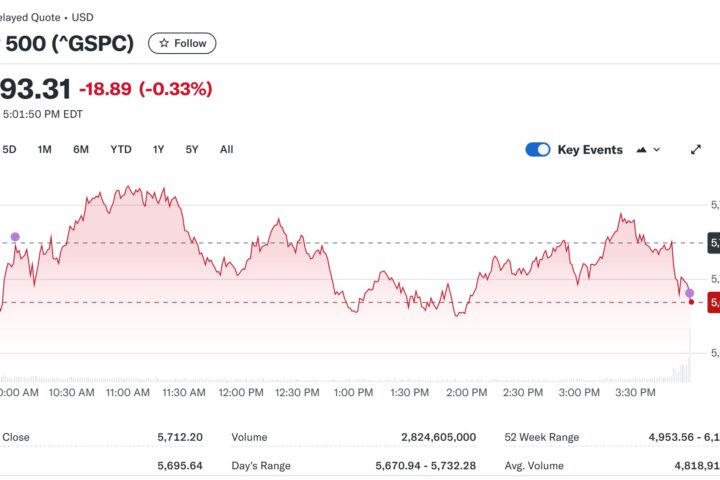Scurvy, a condition caused by vitamin C deficiency, was thought to be a relic of the past. However, due to economic hardships and the rise of weight loss surgeries, this disease is making a surprising resurgence.
A Disease of the Past? Think Again
Historically linked to sailors during the Renaissance, scurvy was believed to be eradicated in developed countries. But a recent case report in BMJ Case Reports reveals that scurvy is re-emerging, and it’s not just a matter of history.
The Perfect Storm: Economic Hardship and Bariatric Surgery
The rising cost of living and weight loss surgeries are contributing to the resurgence of scurvy. Families struggle to afford nutritious food, while bariatric surgery complications increase the risk of vitamin C deficiency.
Symptoms and Diagnostic Challenges
Scurvy symptoms can appear within a month of consuming less than 10mg of vitamin C daily. They include:
- Painful red-brown rash
- Anemia
- Blood in urine
- Fatigue
Misdiagnosis is common, as scurvy is often overlooked in favor of other conditions like vasculitis.
A Real-Life Case Study
A middle-aged man developed scurvy due to:
- Poor diet
- Previous bariatric surgery
- Low income
- Proton pump inhibitor use
Treatment with vitamin C supplements resolved his symptoms.
Risk Factors
- Alcoholism
- Smoking
- Eating disorders
- Low household income
- Obesity
- Kidney dialysis
- Certain medications (steroids, proton pump inhibitors)
Conclusion
Scurvy is not just history; it’s a growing concern. Healthcare professionals must recognize the signs and symptoms to prevent misdiagnosis and complications. As economic hardships continue, it’s essential to prioritize nutrition and monitor for vitamin C deficiency.
Share Your Thoughts
Have you or someone you know experienced scurvy? How can we address this growing health concern?
Related Articles:
- The Hidden Dangers of Vitamin Deficiencies
- The Rise of Malnutrition in Developed Countries
- Nutrition and Economic Hardship: Breaking the Cycle

















